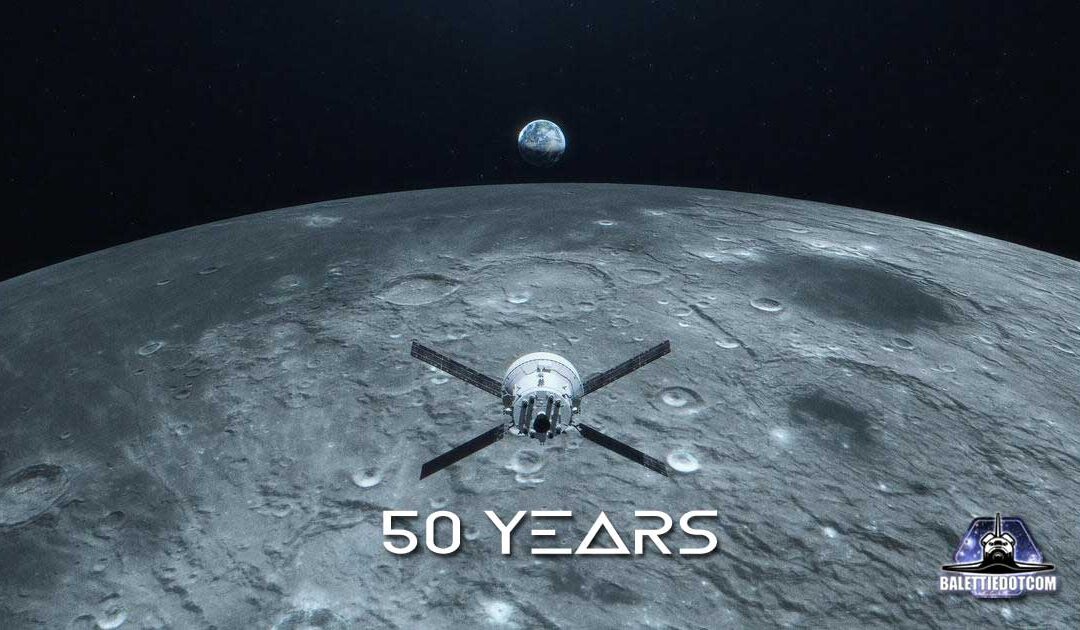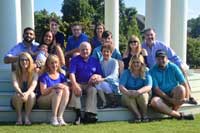The Artemis I mission occurred 50 years after Apollo 17. What will it take to not have this happen again?


The Artemis I mission occurred 50 years after Apollo 17. What will it take to not have this happen again?

Another round of travel journals for a visit to the beautiful Cotswold region of England.

Santa Claus. Father Christmas. Kris Kringle. St. Nicholas. Papa Noel. Me.

“13 Minutes to the Moon” – an excellent BBC podcast focusing on the behind-the-scenes heroes of Apollo 11 and Apollo 13.






The space exploration advocacy website of Roger Balettie, former Flight Dynamics Officer in NASA’s Space Shuttle Mission Control Center.
Select a menu tab to the left for detailed links or one of the main sections below:
The Flight Dynamics Officer (FDO, pronounced “fido”) is a Flight Controller in the Mission Control Center responsible for the overall trajectory, or flight path, of the Space Shuttle and all related payloads or other space-bound vehicles associated with the Shuttle.
"Houston… Tranquility Base here. The Eagle has landed."
Since 1965, the Mission Control Center (MCC) has been the nerve center for America’s manned space program.
Space- and NASA-based blog entries.

The Artemis I mission occurred 50 years after Apollo 17. What will it take to not have this happen again?

“13 Minutes to the Moon” – an excellent BBC podcast focusing on the behind-the-scenes heroes of Apollo 11 and Apollo 13.

It’s been 40 years since the launch of STS-1, and the excitement of that day never faded.
 In some of the simplest terms, the Orbit Flight Dynamics Officer (FDO) determines where the shuttle is, where it is going, and where it has been.
In some of the simplest terms, the Orbit Flight Dynamics Officer (FDO) determines where the shuttle is, where it is going, and where it has been.
With the trajectory defined, the FDO also generates, executes, and confirms all translational maneuvers (maneuvers that change the orbit size and/or shape) to meet specific payload requirements. Once these maneuvers are defined, the FDO is also responsible for determining landing opportunities and just as important, evaluate the weather conditions at landing sites around the world.
The FDO coordinates with the United Space Space Command at the Cheyenne Mountain Air Force Station in Colorado Springs to determine if orbital debris poses a threat to the shuttle. Other real time activities that the FDO performs include providing shuttle sighting opportunities (which you can view on the Shuttle web site) and state vector postings for a variety of satellites so other people can plot the shuttle ground track on home computers.
During the Space Shuttle era, there were three distinct certifications for the Orbit phase:
There were only a few of us who held all three Orbit phase certifications… 🙂
I have provided the contents of a presentation (below) that was given by the Orbit Flight Dynamics Officers whenever the question “What is a FDO?” is asked. There is quite a bit of detail in this pitch, and I have purposely left it in its original wording.
Don’t forget to check out the Orbit FDO displays!
The Orbit FDO has these primary support positions: